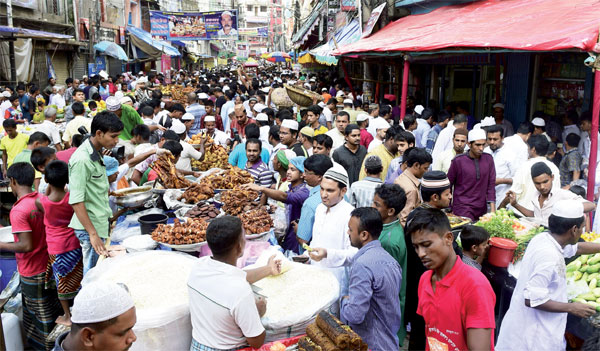A better tomorrow
Updated: 2015-08-14 08:57
By Krishna Kumar Vr in New Delhi(China Daily Europe)
|
|||||||||||
Asia takes fight against extreme poverty to next level through new global targets
Atiur Rahman, the governor of the Bangladesh Bank who rose from extreme poverty to the highest banking office in the country, is optimistic that he "would soon wake up to a beautiful world that is completely free of abject poverty and hunger".
Rahman's optimism stems from his belief that the Sustainable Development Goals (SDGs) proposed by the United Nations has the potential to lift a huge number of people in Asia out of extreme poverty within 15 years.
|
Bangladeshi street vendors prepare for breaking the daytime fast on the first day of Ramadan, the holy fasting month of Islam, at a traditional bazaar in Dhaka on July 19. According to the World Bank, about 52 percent of the world's extremely poor live in just three Asian countries: India (33 percent), China (13 percent) and Bangladesh (6 percent). Provided to China Daily |
The SDGs comprise 17 goals that will follow and expand on the Millennium Development Goals (MDGs), a series of targets for addressing extreme poverty adopted at the Millennium Summit in September 2000 by the UN.
They primarily focus on completely eradicating extreme poverty - currently defined by the World Bank as living on less than $1.25 a day - and guaranteeing healthy lives for all by 2030. The ambitious SDGs are expected to be adopted by the UN in September, as the 193-member international body celebrates its 70th anniversary this year.
These goals hold special significance for Asia. The region is home to about 733 million people living in extreme poverty.
This number will increase by about 1.02 billion to 1.75 billion people if the extreme poverty level is pegged at $1.51 per person per day, as proposed by the Asian Development Bank.
According to the World Bank, about 52 percent of the world's extremely poor live in just three Asian countries: India (33 percent), China (13 percent) and Bangladesh (6 percent).
Rahman says many people in Asia are experiencing the extreme poverty he went through.
"We have to join hands and create a world free of extreme poverty," Rahman tells China Daily Asia Weekly.
The proposed SDGs are expected to take up the unfinished development agenda and broaden the vision to embrace economic, social and environmental issues, says Zhu Min, deputy managing director of the International Monetary Fund.
"The MDGs made a profound difference in many ways," Zhu says.
"Yet, success was not universal and not all MDGs were met. Poverty levels remain far too high in many countries."
Under the rallying cry "leave no one behind", the SDGs will come into force on Jan 1, 2016, and for the next 15 years will be the guiding principles of government policies in the fight against poverty, hunger and disease.
"The time frame to achieve these goals is tight. However, we believe that it is critical to ensure basic needs of the people (are met) by 2030," says Livia Bizikova, director of knowledge for integrated decisions at Canada-based International Institute for Sustainable Development (IISD).
Erik Solheim, chairperson of the development assistance committee at the Organisation for Economic Co-operation and Development, says two factors will be required to implement the SDGs.
"The first is to find the political will to just do it. The second is to do more of what works and less of what does not work."
This calls to mind the words of Lee Kuan Yew, Singapore's first prime minister, who is credited with transforming the city-state into one of the richest countries in the world, says Solheim.
"His political mantra was to do more of the things that work and learn from mistakes, and avoid making them again," he says.
At the beginning of the new millennium, the MDGs target was set to reduce by half the number of people living on less than a dollar a day by the end of 2015.
By putting people and their immediate needs at the forefront, the MDGs reshaped decision-making in developed and developing countries alike, and helped lift more than a billion people out of extreme poverty and made inroads against hunger.
The most important accomplishment of the MDGs was getting every nation to agree on the shared goals to focus on human development, which had never happened before, says Josette Sheeran, president and CEO of the Asia Society, a non-profit organization.
The world's most populous countries, China and India, have played a central role in the global reduction of poverty, says the UN's The Millennium Development Goals Report 2015.
As a result of economic progress in China, the extreme poverty rate in East Asia has dropped from 61 percent in 1990 to 4 percent in 2015. South Asia's poverty declined from 52 percent to 17 percent during the same period, the report says.
Much of the global progress toward the MDGs has come from the remarkable economic development achieved by China, says Rajiv Biswas, Asia-Pacific chief economist at research firm IHS.
The UN estimates that 700 million people worldwide were lifted out of poverty between 1990 and 2010. China alone accounts for over 500 million of those that have emerged from poverty.
Yet progress in the rest of the developing world has not been as rapid as in China, Biswas says.
"And completely eradicating extreme poverty and hunger by 2030 in the developing world will be extremely challenging."
China has begun aligning its policy priorities with the SDGs, as President Xi Jinping recently reaffirmed the country's commitment to poverty alleviation.
"The most arduous task for achieving a well-off society in an all-round way lies in the rural areas, especially the impoverished ones," said Xi of the 13th Five-Year Plan (2016-2020), according to Xinhua News Agency.
Biswas says the overall success of the poverty eradication goal under the SDGs will be largely determined by how India - where 300 million people are estimated to be living in abject conditions - takes measures to eliminate extreme poverty.
"The new SDGs have set a high target for the next 15 years, and it is crucial that the global community focuses its resources on achieving these new SDGs," he says.
Venkatachalam Anbumozhi, senior economist at the Jakarta-based Economic Research Institute for ASEAN and East Asia, says progress toward achieving the MDGs has been quite uneven across the region.
"East Asia and Southeast Asia as a whole have already reduced the prevalence of extreme poverty by half of the level in 1990 But South Asia is making slower progress," Anbumozhi says.
Large disparities remain across individual countries, he adds.
The SDGs can keep the momentum going, being much more comprehensive than the MDGs when it comes to social protection, preservation of environment and promoting inclusive growth, he says.
Anbumozhi admits, however, that a major challenge for developing Asia will be finding the financial resources to fund the SDGs.
"An analysis of government budgets in South Asian countries suggests that the governments have focused on fiscal consolidation over the past decade," he says.
"And (South Asian governments) have often been prevented from fully exploiting the fiscal space available to them by the prevailing economic orthodoxy that tends to limit budget deficits to a one-size-fits-all rule of thumb of 3 percent," he adds.
Anbumozhi says that more resources for SDG spending can be tapped by reorienting public expenditure, pursuing public-private partnerships and augmenting the government revenue by widening the tax base.
Bizikova of the IISD says goals must be first integrated into national development strategies and then into regional and local or municipal strategies.
"It is important that businesses, cities and local organizations include the SDGs that are relevant for their mandate into their plans and priorities and implement them," she adds.
Currently, many countries are exploring how to integrate the new goals into national strategies, she says.
Asia Society's Sheeran points out that leaders need to look beyond local interest.
"We must understand we are all in this together - one nation's poverty or pollution is another nation's problem in this connected world," she says.
In the global pursuit of the MDGs in the last 15 years, the process has generated new and innovative partnerships, galvanized public opinion and demonstrated the value of setting shared and ambitious goals.
"Despite the successes, there is much to do," Sheeran says. "We have learned a lot from pace-setting nations which are overcoming hunger and poverty, such as China."
The MDG process has helped many nations gain the knowledge and knowhow of "effective approaches, best practices, and collaborative mechanisms to help humanity progress to a more prosperous world", she says.
The next logical step is the pursuit of the SDGs, Sheeran adds.
krishna@chinadailyapac.com
(China Daily European Weekly 08/14/2015 page14)
Today's Top News
Turkey's early elections 'decidedly possible': PM
Death toll rises to 50, military sends chemical specialists to blast site
12 firefighters among 44 killed in explosions
Chinese yuan extends fall Thursday
China rattles a few cages in the world's financial markets
Tibetan drivers to finally see the end of 'death road'
China becomes world's largest robots market for second consecutive year
Yuan may stumble, but will not fall
Hot Topics
Lunar probe , China growth forecasts, Emission rules get tougher, China seen through 'colored lens', International board,
Editor's Picks
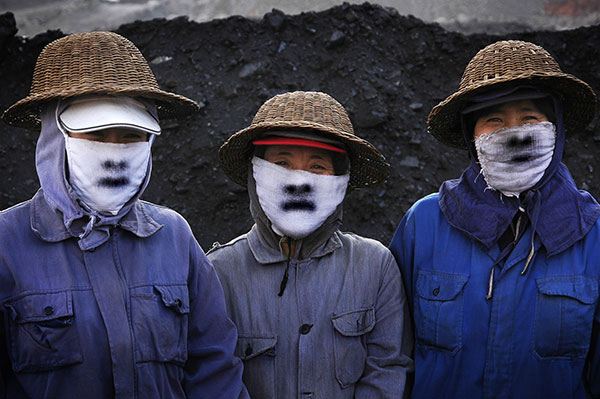
|
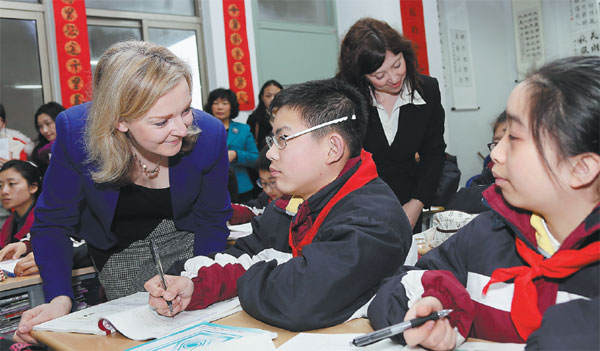
|
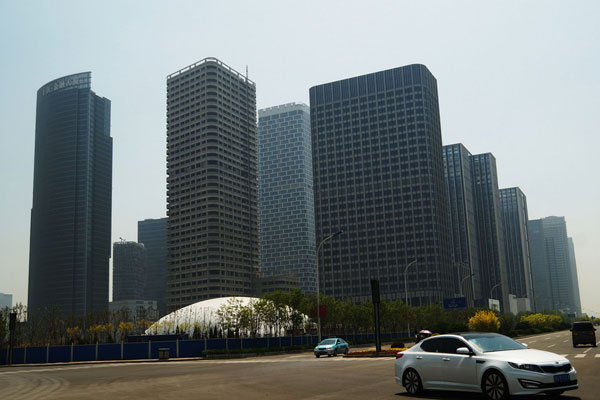
|
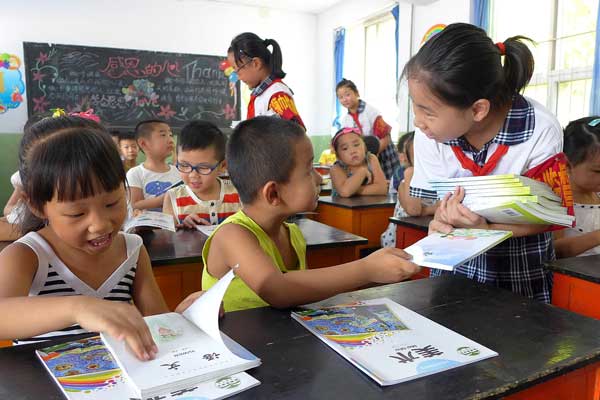
|

|
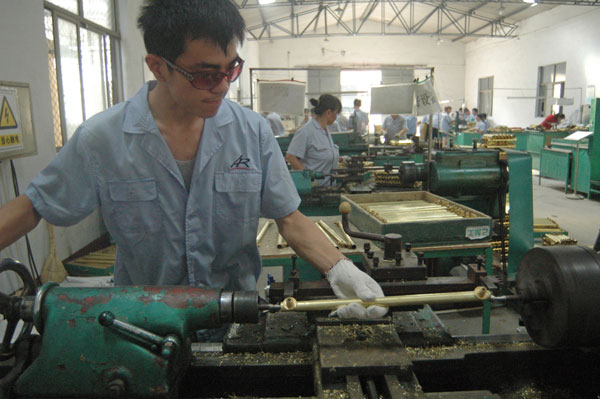
|
